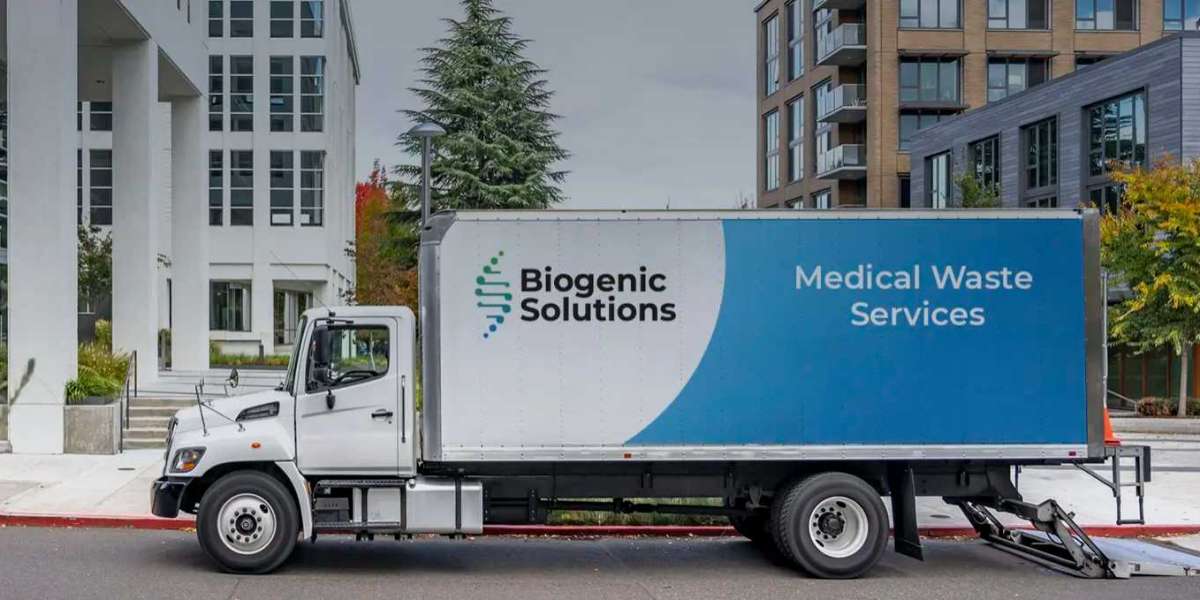In the face of unprecedented environmental and societal challenges, humanity is increasingly turning to nature for solutions. Among the most promising of these are biogenic solutions, which leverage biological processes and organisms to address various problems. From sustainable agriculture to renewable energy, biogenic solution offer a way to work with nature rather than against it, providing a blueprint for a more sustainable and resilient future.
Understanding Biogenic Solutions
Biogenic solutions are methods or technologies derived from natural biological processes. These can involve the use of plants, animals, microorganisms, or their derivatives to solve problems in a way that is environmentally friendly and often more effective than synthetic alternatives. The underlying principle is to harness the power of natural systems that have evolved over millions of years to function efficiently and sustainably.
Biogenic Solutions in Agriculture
Agriculture is one of the primary areas where biogenic solutions are making a significant impact. Traditional farming practices often rely heavily on synthetic fertilizers and pesticides, which can lead to soil degradation, water pollution, and loss of biodiversity. In contrast, biogenic approaches emphasize the use of natural processes to enhance soil fertility, control pests, and improve crop yields.
- Soil Health and Fertility: One of the most critical aspects of sustainable agriculture is maintaining healthy soil. Techniques such as crop rotation, cover cropping, and the use of organic composts help to enhance soil structure and nutrient content. Additionally, biofertilizers, which contain beneficial microorganisms, can fix nitrogen, solubilize phosphorus, and decompose organic matter, thereby enriching the soil naturally.
- Pest Management: Biogenic pest control methods include the use of natural predators, parasites, and pathogens to manage pest populations. For example, ladybugs are employed to control aphid infestations, while certain fungi can target and kill specific insect pests. These methods reduce the need for chemical pesticides, which can harm non-target species and lead to resistance in pest populations.
- Crop Resilience: By utilizing genetically diverse crop varieties and integrating polyculture systems, farmers can create more resilient agricultural systems. This diversity helps crops withstand pests, diseases, and changing climatic conditions, ensuring more stable food production.
Biogenic Solutions in Energy
The quest for clean, renewable energy is another area where biogenic solutions are showing great promise. As the world grapples with the consequences of fossil fuel dependence, bioenergy provides a viable alternative that is both renewable and more environmentally friendly.
- Biofuels: Produced from organic materials such as plant biomass, algae, and waste, biofuels offer a renewable source of energy that can replace conventional fossil fuels. Ethanol, biodiesel, and biogas are some common biofuels. Advances in technology are making it possible to produce these fuels more efficiently and sustainably, often using waste materials that would otherwise contribute to environmental pollution.
- Microbial Fuel Cells: These innovative devices use bacteria to convert organic matter directly into electricity. Microbial fuel cells can generate power from wastewater, agricultural residues, and other organic waste, providing a dual benefit of waste treatment and energy production.
- Algae-based Solutions: Algae are incredibly efficient at converting sunlight into energy through photosynthesis. Certain species of algae can be cultivated to produce biofuels, while others are used in bioreactors to capture and sequester carbon dioxide from industrial emissions. This dual role of energy production and carbon capture makes algae a versatile tool in the fight against climate change.
Biogenic Solutions in Waste Management
Managing waste is a critical environmental issue, and biogenic solutions offer effective strategies for reducing and repurposing waste.
- Composting: Organic waste such as food scraps and yard trimmings can be composted to produce nutrient-rich soil amendments. Composting not only reduces the volume of waste sent to landfills but also recycles valuable nutrients back into the soil, enhancing soil health and fertility.
- Anaerobic Digestion: This process involves the breakdown of organic waste by microorganisms in the absence of oxygen, producing biogas and digestate. The biogas can be used as a renewable energy source, while the digestate can be applied to fields as a biofertilizer.
- Bioremediation: Certain microorganisms can degrade or detoxify pollutants in soil, water, and air. Bioremediation techniques are used to clean up oil spills, heavy metal contamination, and other environmental pollutants, often at a lower cost and with fewer side effects than traditional remediation methods.
The Future of Biogenic Solutions
As we look to the future, the potential of biogenic solutions to address a wide range of challenges is immense. Continued research and innovation in this field are essential to unlocking new applications and improving the efficiency and effectiveness of existing techniques.
- Synthetic Biology: Advances in synthetic biology are enabling scientists to engineer microorganisms with enhanced capabilities for biogenic applications. For example, genetically modified bacteria can be designed to produce biofuels more efficiently or to break down complex pollutants that natural organisms cannot.
- Integration with Technology: Combining biogenic solutions with advanced technologies such as artificial intelligence, robotics, and nanotechnology can lead to more precise and scalable applications. For instance, drones equipped with sensors can monitor crop health and apply biopesticides more accurately, reducing waste and improving effectiveness.
- Policy and Education: Supporting the adoption of biogenic solution requires robust policy frameworks and public education. Governments and institutions must promote sustainable practices through incentives, regulations, and educational programs that highlight the benefits of biogenic approaches.
Conclusion
Biogenic solutions offer a compelling vision for a sustainable and resilient future. By harnessing the power of natural processes and organisms, we can address some of the most pressing environmental and societal challenges of our time. From agriculture and energy to waste management and beyond, the potential applications of biogenic solutions are vast and varied. As we continue to innovate and integrate these approaches into our daily lives, we move closer to a world where humanity and nature thrive in harmony.





